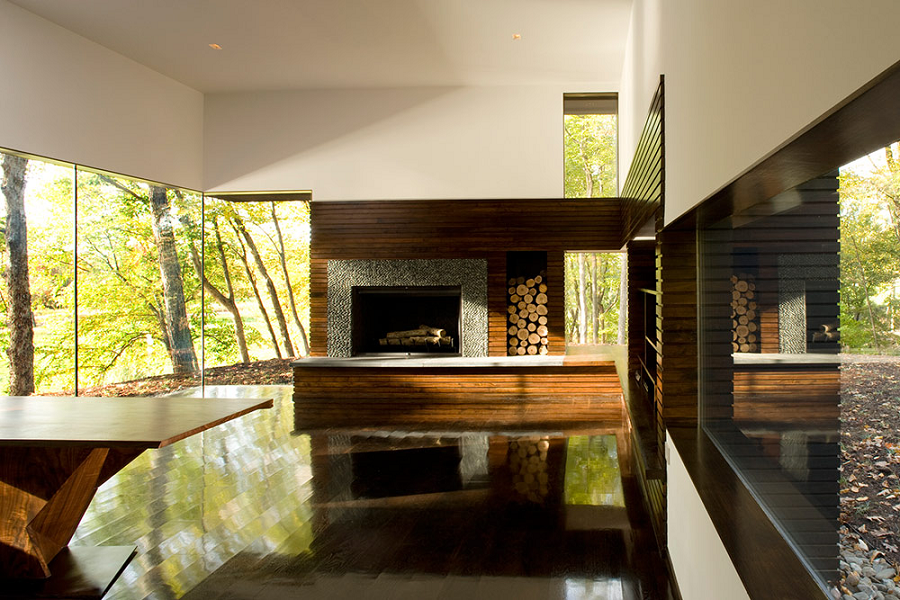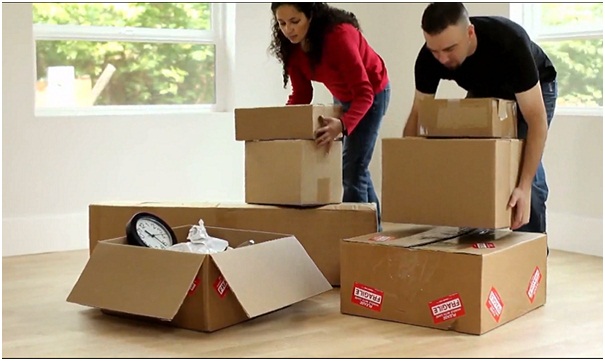You can never find a feeling better than relaxing on the couch as you enjoy the cozy warm atmosphere of a fireplace during the cold winter.
Further, Zillow reports that your bill could increase by as much as 30% if you fail to use your fireplace correctly or leave the damper open when the fire isn’t burning. Here are some easy tips for fixing your fireplace so you can enjoy maximum warmth possible;
Check the Damper
It doesn’t matter if you’re using the traditional fireplaces or the modern fireplaces in New York; the secret to enjoying more warmth is in using the damper to its highest potential. A well-designed fireplace has a damper that allows you to control the flow of air up the chimney.

So, when you’re not burning any fire, don’t forget to close the damper tightly, so you don’t lose the heat in the room.
Invest in Firebacks
For the homes using wood-burning fireplaces, firebacks can help reclaim the heat that you’d otherwise lose. Firebacks are cast-iron slabs placed behind the burning logs. The cast-iron slab absorbs the heat from the burning fire, then radiate it into the room. Per the United States Environmental Protection Agency, a wood-burning fireplace isn’t an efficient way of heating your home.
Install a Heat Exchanger
You can go a notch higher and upgrade your modern fireplaces in New York by adding a heat exchanger. A heat exchange system functions in a way that the fire stays on a tubular grate that draws slightly warmed rising air from the house and forces it back into the room.
Even better, some heat exchange systems feature blowers that enhance convention. Consider it recycling or tapping the escaping warm air.
Get Fireplace Heaters
To improve the efficiency of your fireplace, consider sourcing fireplace heaters. Fireplace heaters grant your fireplace additional time to heat the air it sucks in by circulating it inside the pipes and tubes. After that, the fireplace heater blows the hot air inside the house, further helping to warm the house.
Fireplace Glass/Ceramic Doors
Glass/ceramic doors work hand in hand with the dampers. When nothing is burning at the fireplace, be sure to close both the glass doors and the damper so you can prevent the heat from escaping.
Tap Air from Outside
If possible, consider modifying the existing vents to allow in more air into the fireplace. That wall prevents the creation of a vacuum that forces the fire to use the warmed air from inside the house. The slight modification should improve the efficiency of your fireplace to a certain extent.




